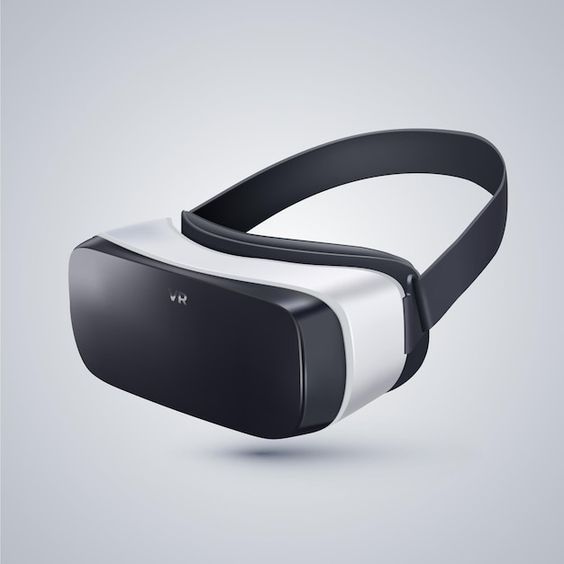Virtual Reality (VR) technology has transcended the realm of science fiction to become an exciting reality, offering immersive experiences that blur the lines between the digital and physical worlds. At the heart of this revolution are VR headsets — sophisticated devices that transport users to interactive 3D environments, revolutionizing entertainment, education, healthcare, and beyond. Let’s explore the evolution, capabilities, and impact of VR headsets in today’s digital landscape.
The Birth of Immersive Experiences:
VR headsets have transformed the way we interact with digital content by simulating environments that users can explore and interact with in real time. The journey began with early prototypes and has evolved into advanced devices equipped with high-resolution displays, motion-tracking sensors, and immersive audio systems. This evolution has unlocked new possibilities for gaming, simulation training, virtual tourism, and more.
Empowering Entertainment:
Gaming has been a primary driver of VR headset adoption, offering gamers unprecedented levels of immersion and interaction. VR headsets enable players to step into virtual worlds, where they can experience games from a first-person perspective, interact with objects, and engage in multiplayer experiences that feel incredibly lifelike. This level of immersion enhances the gaming experience, making it more engaging and captivating than ever before.
Revolutionizing Education and Training:
Beyond entertainment, VR headsets are transforming education and training across various industries. They provide students with immersive learning environments, allowing them to explore historical sites, dissect virtual organisms, or practice complex surgical procedures in a risk-free setting. Similarly, professionals can undergo virtual training simulations that mimic real-world scenarios, enhancing skills and improving performance outcomes.
Enhancing Healthcare and Therapy:
In healthcare, VR headsets are used for therapeutic purposes, such as treating phobias, PTSD, and chronic pain through exposure therapy and relaxation techniques. Medical professionals also utilize VR for surgical planning and patient education, providing clearer visualizations of complex medical procedures and conditions.
Creating Social Connections:
VR headsets are not just solitary devices; they also foster social interactions in virtual spaces. Users can meet friends, attend virtual events, and collaborate on projects in shared environments that transcend geographical boundaries. This social aspect enhances connectivity and community building, offering new ways to interact and collaborate in the digital age.
Challenges and Future Prospects:
While VR headsets have made significant strides, challenges such as cost, motion sickness, and content development complexity remain. However, ongoing advancements in technology promise to address these issues, with improvements in comfort, affordability, and content diversity. Future iterations may incorporate augmented reality (AR) features, blending virtual and physical worlds seamlessly.
Choosing the Right VR Headset:
When selecting a VR headset, consider factors such as display resolution, field of view, tracking capabilities, comfort, and content availability. Whether you’re a gamer, educator, healthcare professional, or enthusiast, choosing the right VR headset can significantly impact your experience and immersion in virtual environments.

